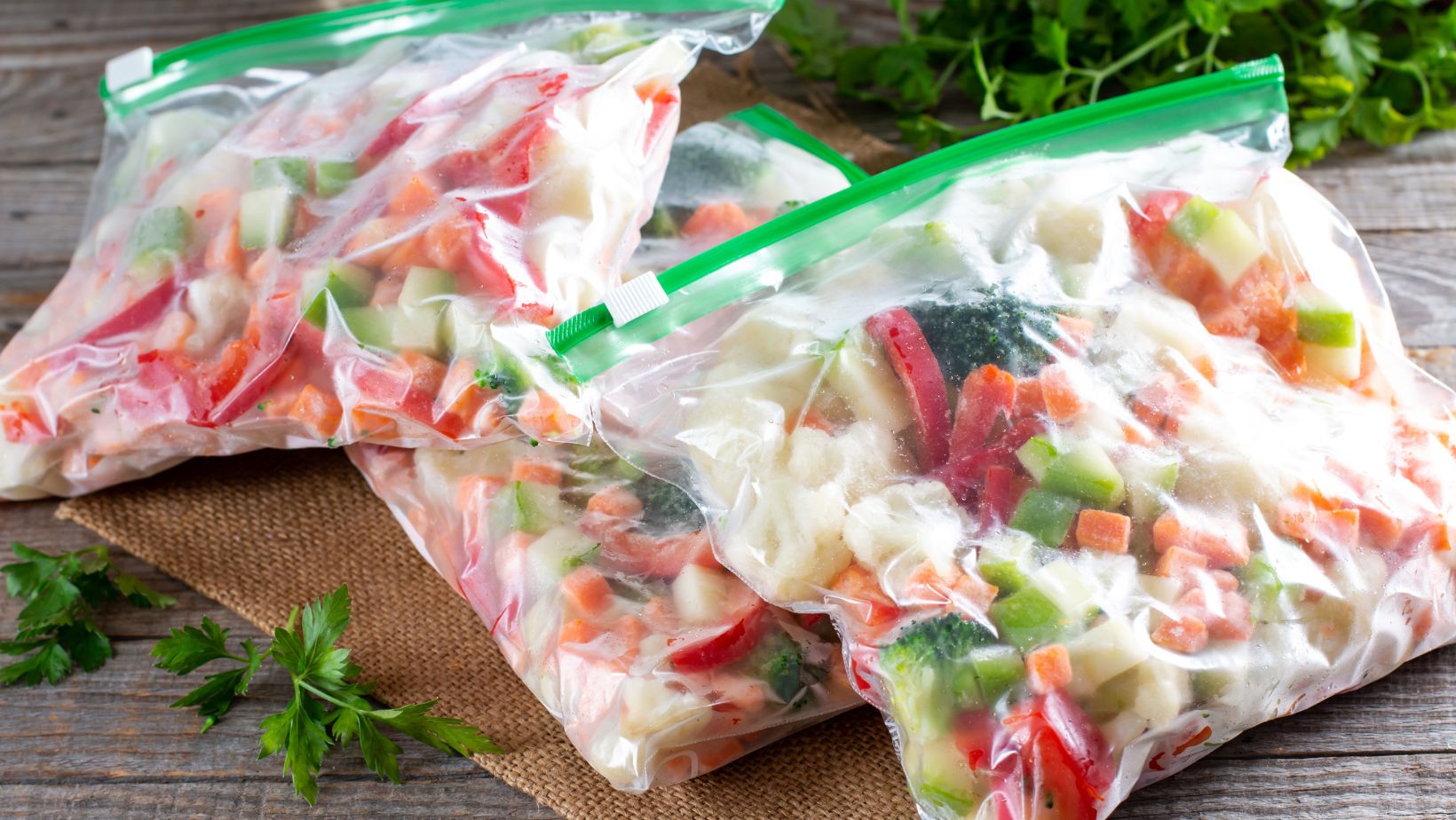
Forgetting to take meat out of the freezer happens to the best of us, especially when life gets busy. Thankfully, there are safe and speedy ways to defrost food without compromising quality or safety. Whether you’re preparing dinner in a rush or need to get something on the stove quickly, knowing the right defrosting methods can save you time and avoid food waste.
Using a Smeg microwave is one of the fastest and most convenient ways to defrost food safely. Modern microwaves are equipped with defrost functions designed to thaw evenly without partially cooking the food, making them ideal for busy kitchens. But even with this tool, it’s important to follow best practices to avoid uneven defrosting or bacterial growth.
Below are several safe, effective methods you can use to defrost a variety of foods quickly and with confidence.
Microwave Defrosting
Microwaves are the go-to for quick defrosting, but they should be used carefully to prevent partially cooking the food. Use the defrost setting, which reduces the power level and allows the food to thaw more evenly.
Tips for microwave defrosting:
- Remove any plastic or foam packaging before starting
- Place the food in a microwave-safe dish to catch any liquid
- Pause halfway through to turn or rearrange the food
- Cook immediately after defrosting to avoid bacteria growth
Microwave defrosting works best for mince, chicken breasts, seafood, and frozen bread.
Cold Water Bath
If you don’t have access to a microwave or prefer not to use one, a cold water bath is a fast and safe alternative. Place the food in a sealed, leak-proof bag and submerge it in cold tap water. Change the water every 30 minutes to maintain a safe temperature.
This method can defrost small cuts of meat in under an hour and is particularly useful for poultry, fish, or pre-cooked meals sealed in containers.
Important: Never use warm or hot water—it can encourage bacterial growth by bringing the outer layer of food into the danger zone (between 5°C and 60°C).
Fridge Thawing
While it’s not the fastest method, thawing food in the fridge is the safest. It keeps food at a constant, safe temperature while allowing it to defrost slowly and evenly. This is ideal for large cuts of meat, roasts, or whole chickens.
Simply place the frozen item on a tray or plate on the bottom shelf to catch any drips and prevent cross-contamination. Depending on the size, thawing in the fridge can take anywhere from several hours to a full day.
Once defrosted, most foods can stay in the fridge for another 1–2 days before cooking.
Cooking from Frozen
In some cases, you can cook food directly from frozen. This is usually safe for pre-cooked meals, vegetables, fish fillets, or processed products like nuggets or chips. Cooking from frozen requires a longer cooking time—typically 1.5 times the usual amount—and should be done at the correct internal temperature to ensure safety.
Always check packaging for guidance and make sure food is heated evenly all the way through. A meat thermometer is helpful for confirming that internal temperatures have reached safe levels.
What to Avoid
Avoid leaving food to thaw on the kitchen bench. While it may seem convenient, room temperature allows the outer layers of food to sit in the danger zone for too long, even if the inside is still frozen. This can encourage the growth of harmful bacteria and increase the risk of foodborne illness.
By following these methods, you can ensure your food is defrosted quickly and safely. Whether you’re using a microwave, cold water, or cooking from frozen, the key is to keep food out of the danger zone and cook it as soon as possible after thawing. A little preparation and the right technique make all the difference in both flavour and food safety.






